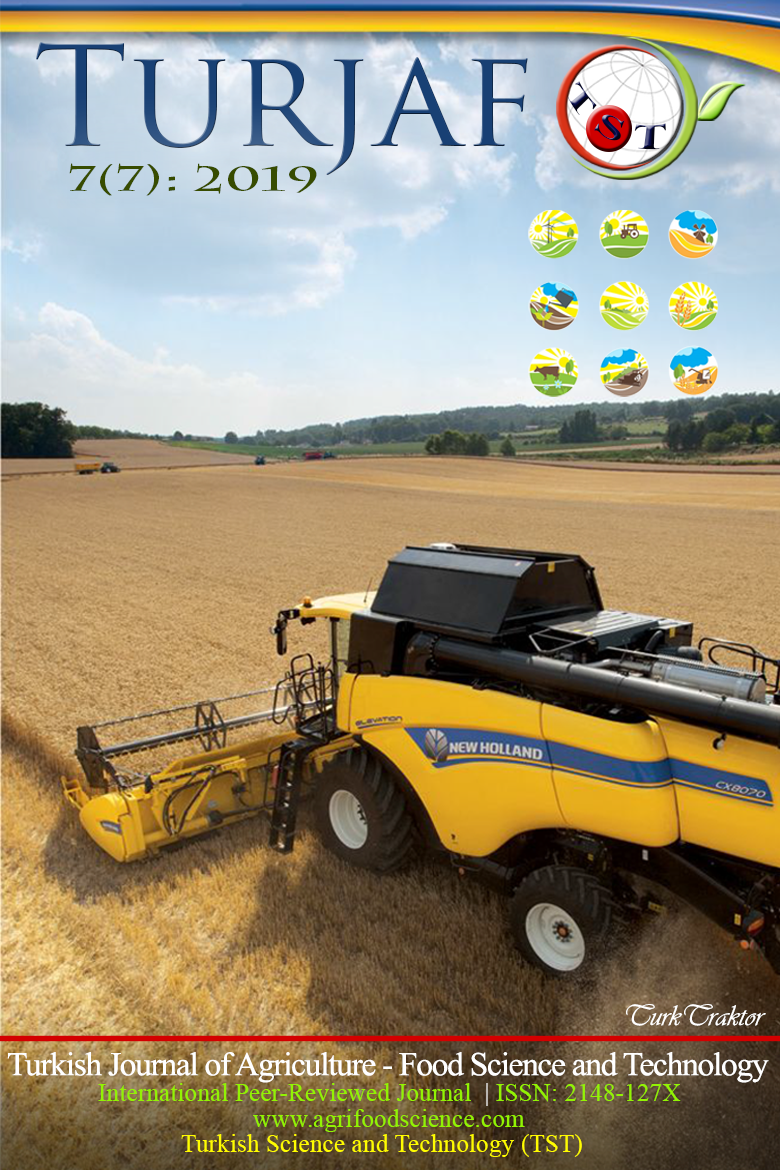The Effects of Solid and Liquid Vermicompost Application on Yield and Nutrient Uptake of Tomato Plant
Keywords:
Vermicompost, Tomato, Yield, Macro element, Micro elementAbstract
The aim of this study was to investigate the effects of solid and liquid vermicompost on yield and nutrient uptake of tomato plant. The study was carried out with three replications according to the experimental pattern of randomized plots in the plastic pots with the capacity of 3 kg under the greenhouse conditions of Plant and Animal Production Department of Cumhuriyet University. In the study, chemical fertilization was applied for comparison with solid and liquid vermicompost. Vermicompost doses were applied as 0%, 10%, 20%, 30% and 40%. In the study, tomato yield and nitrogen (N), phosphorus (P), potassium (K), iron (Fe), zinc (Zn), manganese (Mn), copper (Cu) concentrations were determined. The results have shown that 10% solid vermicompost increased dry matter production of tomato plant with 8,92 g pot-1. This application was followed with 7,04 g pot-1 dry matter production in 20% solid vermicompost application. The highest increase in P (0,27% P) and K (9,01%) concentration of tomato plant was determined in 40% solid vermicompost. However, the highest N concentration was determined with chemical fertilization (4,06%). Generally, it was determined that the solid vermicompost higher effect on the yield and nutrient uptake of tomato plant than liquid vermicompost.Downloads
Published
20.07.2019
How to Cite
Durukan, H., Demirbaş, A., & Tutar, U. (2019). The Effects of Solid and Liquid Vermicompost Application on Yield and Nutrient Uptake of Tomato Plant. Turkish Journal of Agriculture - Food Science and Technology, 7(7), 1069–1074. Retrieved from https://agrifoodscience.com/index.php/TURJAF/article/view/2579
Issue
Section
Research Paper
License
This work is licensed under a Creative Commons Attribution-NonCommercial 4.0 International License.

























